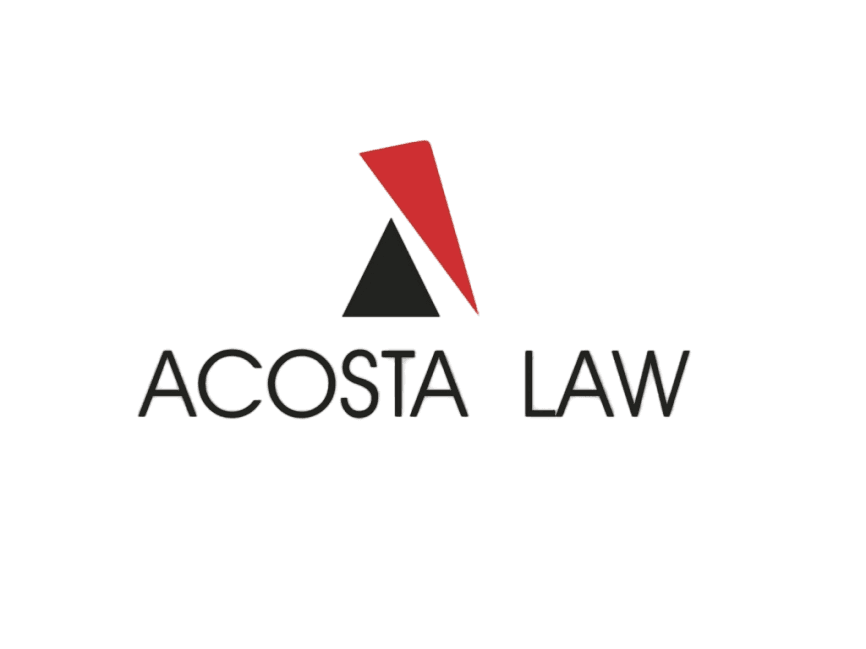Comparing Chapter 7 and Chapter 13 Bankruptcy: Which Is Right for You?
Understanding Bankruptcy: A Path to Financial Relief
Financial struggles can be overwhelming, and when debt becomes unmanageable, bankruptcy might be a viable option. Two common types of bankruptcy filings for individuals are Chapter 7 and Chapter 13. Both provide a way to address financial burdens, but they operate differently and suit different situations. Understanding these distinctions is crucial in determining which bankruptcy path may be best for you.
Before contemplating bankruptcy, it's essential to evaluate your financial situation and consider consulting with a financial advisor or attorney. They can provide guidance tailored to your specific circumstances and help you navigate the complexities of the bankruptcy process.

Chapter 7 Bankruptcy: Liquidation
Chapter 7 bankruptcy is often referred to as "liquidation" bankruptcy. This process involves the sale of non-exempt assets to repay creditors. It is generally considered the faster route, often resolving within a few months. For individuals with limited income and significant unsecured debt, such as credit card bills or medical expenses, Chapter 7 can offer a fresh start by discharging most of these debts.
Eligibility for Chapter 7 is determined through a means test, which examines your income relative to the median income in your state. If your income is too high, you may not qualify for Chapter 7. However, there are exemptions that allow you to keep certain essential assets, such as your primary residence and vehicle, which can vary by state.

Pros and Cons of Chapter 7
- Pros: Quick discharge of debts, no repayment plan required, potential to retain essential assets.
- Cons: Possible loss of property, negative impact on credit score, not all debts can be discharged (e.g., student loans).
Chapter 13 Bankruptcy: Reorganization
In contrast, Chapter 13 bankruptcy is known as "reorganization" bankruptcy. It allows individuals with a regular income to develop a repayment plan to pay back all or part of their debts over a three to five-year period. This type of bankruptcy is suitable for those who wish to keep their assets and have the means to make monthly payments.
Chapter 13 is often chosen by individuals who have fallen behind on mortgage or car payments but wish to avoid foreclosure or repossession. The repayment plan is structured based on your disposable income, ensuring it is manageable while meeting creditor obligations.

Pros and Cons of Chapter 13
- Pros: Retention of assets, opportunity to catch up on overdue payments, more debts eligible for discharge.
- Cons: Lengthy repayment period, requires a consistent income stream, potential for dismissal if payments are missed.
Choosing Between Chapter 7 and Chapter 13
The decision between Chapter 7 and Chapter 13 bankruptcy depends on multiple factors such as your income level, asset ownership, and specific financial goals. If your primary objective is to quickly eliminate unsecured debts without a repayment obligation, Chapter 7 may be appropriate. Conversely, if retaining assets and restructuring debt payments align with your financial strategy, Chapter 13 could be more fitting.
It's also important to consider the long-term implications of each option on your credit score and future financial opportunities. Both types of bankruptcy will impact your credit; however, they can also pave the way toward rebuilding your financial health.

The Importance of Professional Guidance
Navigating the intricacies of bankruptcy law can be complex and daunting. Seeking professional advice from a qualified bankruptcy attorney or financial advisor can provide clarity and ensure you make an informed decision. They can offer insight into the nuances of state laws, potential outcomes, and strategies for post-bankruptcy recovery.
Ultimately, understanding the differences between Chapter 7 and Chapter 13 bankruptcy empowers you to choose the path that aligns with your needs and sets you on a course toward financial recovery.
